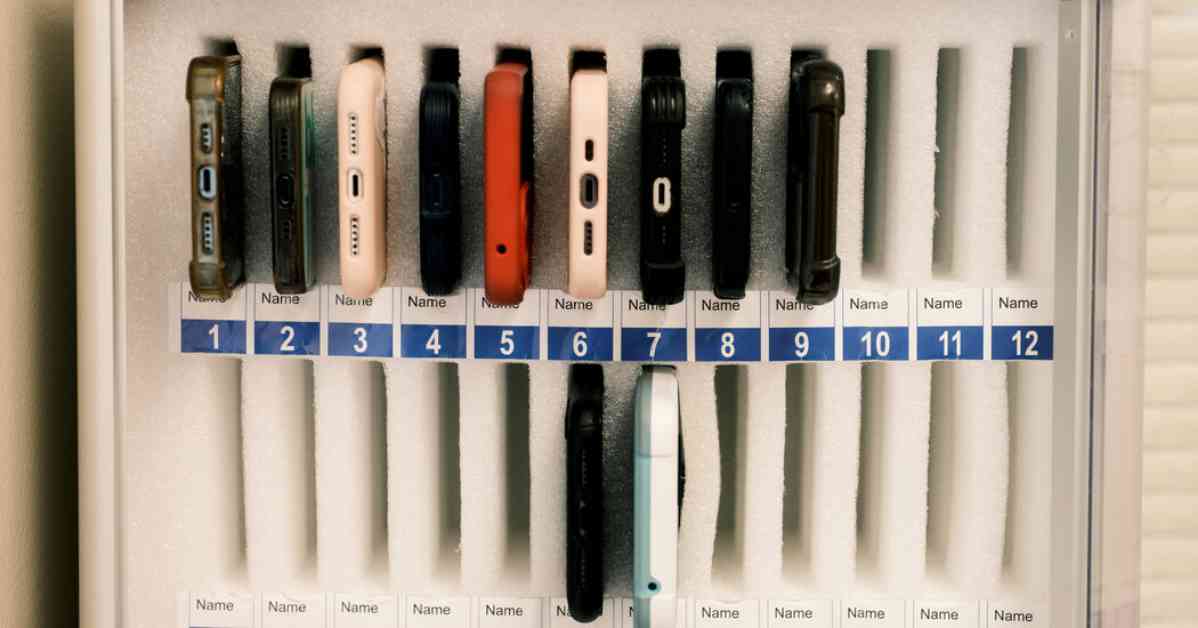California recently joined Florida and Indiana in pursuing a school cellphone ban, raising questions about the extent of the ban and parental support for such a policy. Governor Gavin Newsom announced the decision, sparking a debate on the details of implementing such a regulation.
One of the key issues to consider is the scope of the ban – should it only apply to classrooms, or extend to hallways, bathrooms, and cafeterias where students are often engrossed in social media or messaging apps? Additionally, should teachers have the authority to make exceptions for educational purposes? School districts may also need to invest in technology to restrict access to phones or other electronic devices to ensure compliance.
Moreover, the prevalence of screens beyond cellphones, such as laptops, tablets, and smart watches, raises concerns about overall distractions in the classroom. Balancing the need for communication with the desire to limit disruptions poses a significant challenge for educators and policymakers alike. Furthermore, some parents may rely on cellphones to stay in touch with their children throughout the day, complicating the implementation of a complete ban.
While some teachers have successfully enforced limits on cellphone use in their classrooms, others have faced resistance due to the ubiquitous nature of phones in students’ lives. Despite initial pushback, districts with comprehensive policies have reported positive changes in student behavior, suggesting that effective enforcement and clear guidelines can lead to successful outcomes.
For example, a fifth-grade teacher in Florida shared her experience with a statewide ban on smartphones, highlighting the importance of balancing the benefits of communication with the need to minimize distractions. By requiring students to store their phones in designated pouches during class, she was able to maintain focus and reduce disruptions while acknowledging the practical uses of cellphones for safety and convenience.
As discussions around school cellphone bans continue to evolve, finding a middle ground that addresses concerns about distractions and promotes educational engagement remains a priority. By considering the nuances of enforcement, accommodating valid exceptions, and engaging parents in the decision-making process, policymakers can create a balanced approach that supports student learning while fostering responsible device use.




